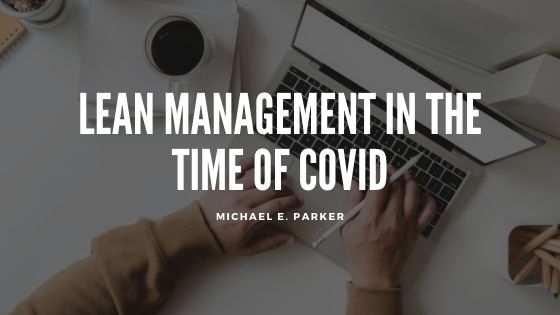The onslaught of COVID-19 has meant that almost no business model this year will meet the 2020 goals it created for itself. Growth targets, production levels and bottom-line profits have all been pushed off track, in some cases radically.
That has CEOs and managers scrambling for strategies. It has also made “lean management” the darling buzzword of the day. Adopting lean strategies is seen by many as the key to surviving the economic monkey wrench COVID-19 tossed into the machinery of business.
Lean management starts at the top with lean leadership. That means the company leader must supply clear information and direction to their organizations, including understanding what outside factors will influence operations and how these can be accounted for. A lean leader must also communicate frequently without those outside his/her organization, such as stakeholders, customers and others. They need to know what to expect. They want to know what management plans to do about the challenges presented by COVID.
Lean management also means putting an emphasis on standardized work. Managers should motivate their employees on the importance of efficiently performing the tasks they already do, because COVID means that they may have to make significant changes.
When new processes are added, it increases the chance for errors, inefficiencies, and breaches of safety protocols. Change is better implemented when everyone knows the task at hand to a T so that they can make course corrections with less chance of future error.
A third lean management concept involves a thorough re-examination of processes with an eye on finding ways to eliminate waste. Strong analysis of all processes is key. From that will come insights for making critical changes that will build on efficiency.
To this end, experts advise conducting a Value Stream Analysis. This is a process that separates activities that “add value” from those that are wasteful. Waste comes in two forms. The first is “Nonvalue waste.” An example is an inspection of how products are transported. The second type of waste is “pure waste.” That might be returned products, thrown-away scraps, time spent waiting and repair work.
A Value Stream Analysis enables managers to see the processes of their organization in a new and transparent way so that points of waste and inefficiency can be lessened or eliminated.
These methods of lean management can help your company operate as efficiently and low-cost as possible during these tough times.






